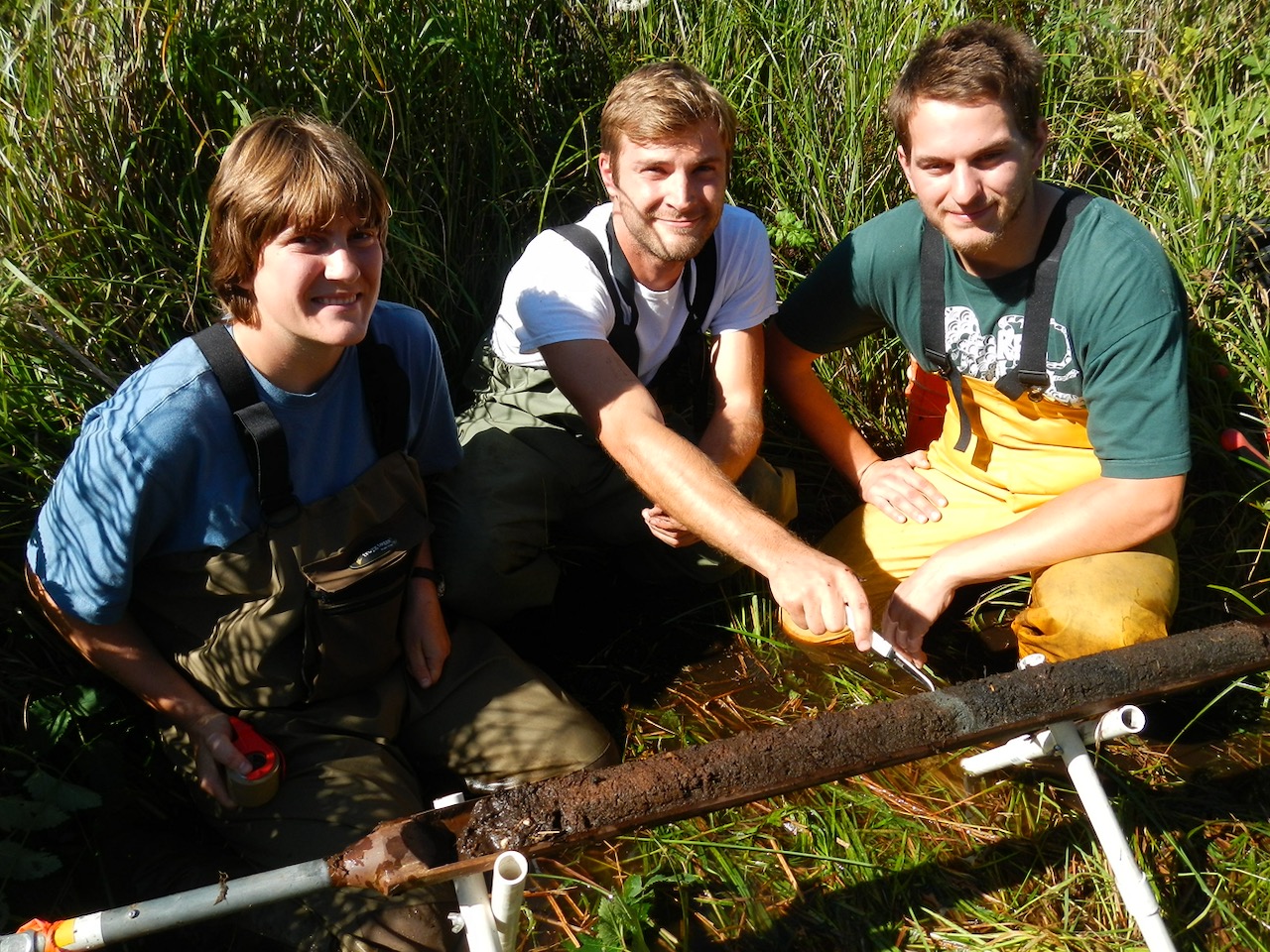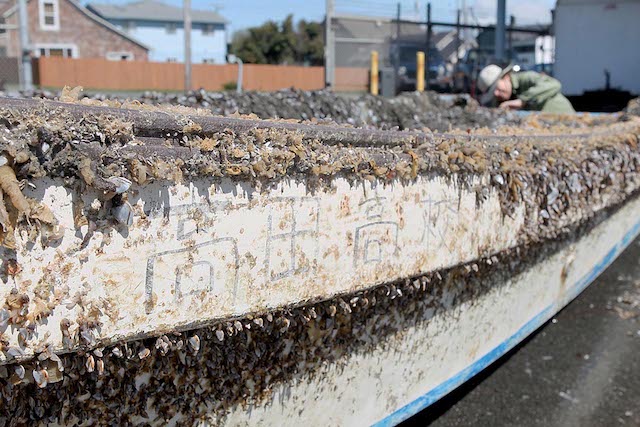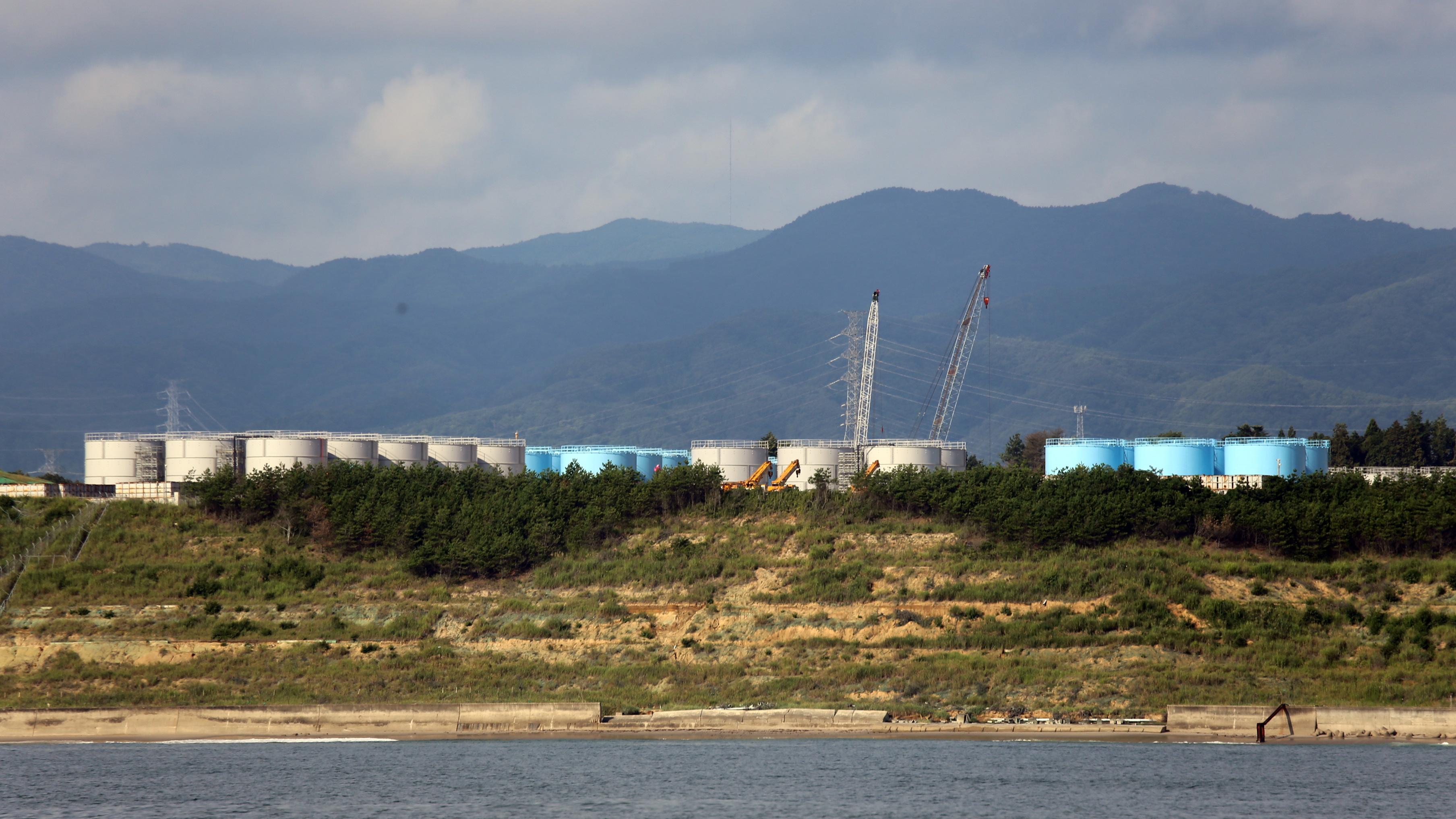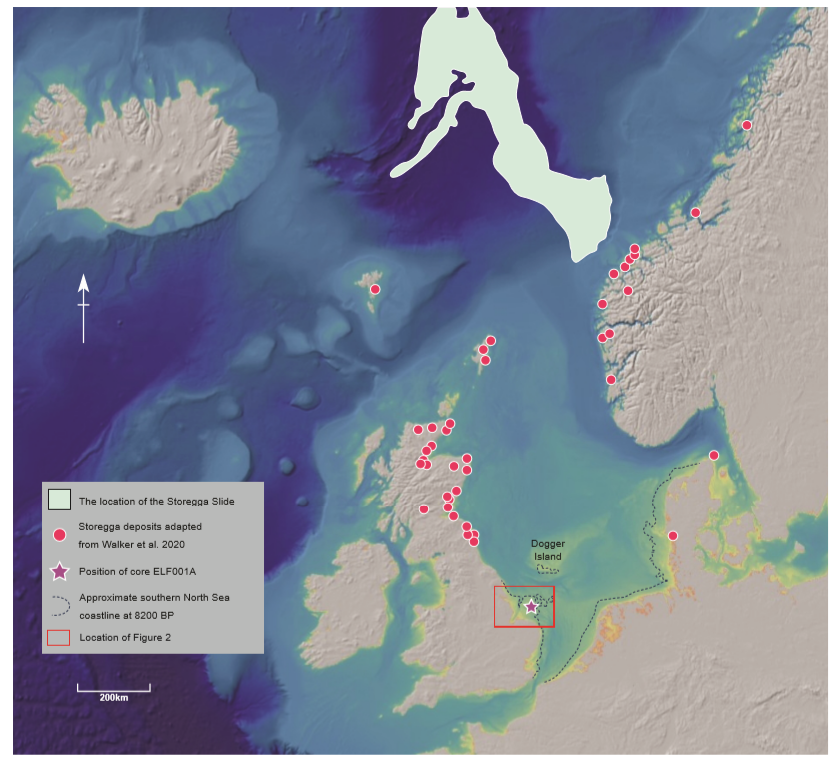The entire contiguous U.S. has experienced massive urban expansions and the Atlantic Coast shows outstandingly high rates. Urban expansion has substantially squeezed the space of tidal flats and affected surrounding environments. In new urban areas, tidal flats have undergone considerable degeneration with more significant patterns as they get closer to new urban locations. Tidal flats protect against the ocean’s destructive powers such as hurricanes. Without some inland spaces to move around, they will likely disappear, which will have dire consequences for beachfront communities.
Tag: Tsunami
KyotoU PEGS away at catching quakes at light speed
A novel AI-based approach to detect earthquakes early uses prompt elasto-gravity signals, or PEGS, gravitational changes generated by large-mass motion in megaquakes. PEGS carry information about an ongoing earthquake at the speed of light, arriving much faster than even the fastest seismic waves.
Kamome goes to the Olympics
NBC Sports will air a documentary about the boat Kamome, a small boat ripped from Japan in the March 2011 tsunami that beached in California’s northern Del Norte County two years later, as part of their Olympic Games coverage on Sunday, August 1st at 9 a.m. on NBC stations throughout the country.
New data provides clearer picture of historic volcano collapse
Data collected by University of Rhode Island Professor Stéphan Grilli and his colleagues will appear in Nature Communications, which is considered one of the world’s leading multidisciplinary science journals.

It Comes in Waves
Tsunamis pose a real threat to the California coast, even if the triggering earthquakes occur elsewhere. CSU researchers are helping ensure coastal cities are ready.

In Small, Seismically Unique Area, Group Preparing the World for Earthquakes and Tsunamis In Small, Seismically Unique Area, Group Preparing the World for Earthquakes and Tsunamis
Lori Dengler is a renowned tsunami expert and professor emerita of Geology for Humboldt State University in Arcata, California. She is a member of an alliance of professionals who develop mitigation and outreach programs for coastal areas. She is also co-author of a children’s book about a tsunami boat called Kamome.
Landslide along Alaskan fjord could trigger tsunami
A glacier that had held an Alaskan slope in place for centuries is melting, releasing the soil beneath in what can be described as a slow-motion landslide that could trigger a devastating tsunami, researchers say. In a study published last week, scientists offered some of the first measurements to quantify how the slope is falling there and modeled potential tsunamis.

New paper addresses mix of contaminants in Fukushima wastewater, highlights risks of dumping in ocean
Ten years after the Tohoku-oki earthquake and tsunami devastated Japan’s Fukushima Dai-ichi Nuclear Power Plant, radiation levels have fallen in all but the waters closest to the plant. But a new hazard exists and is growing every day in the number of storage tanks on land surrounding the power plant that hold contaminated wastewater.

Breakthrough in studying ancient DNA from Doggerland that separates the UK from Europe
Thousands of years ago the UK was physically joined to the rest of Europe through an area known as Doggerland. However, a marine inundation took place during the mid-holocene, separating the British landmass from the rest of Europe, which is now covered by the North Sea.